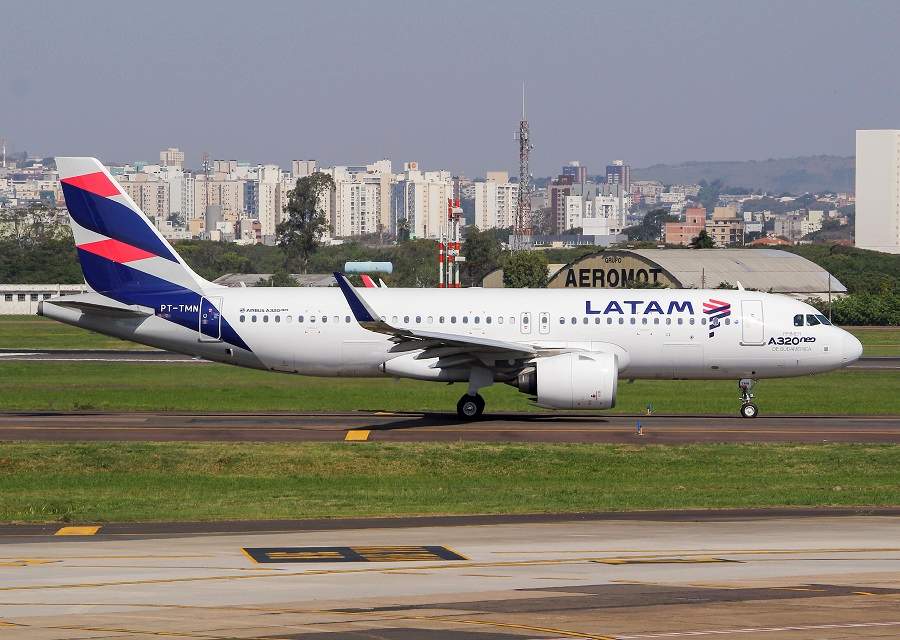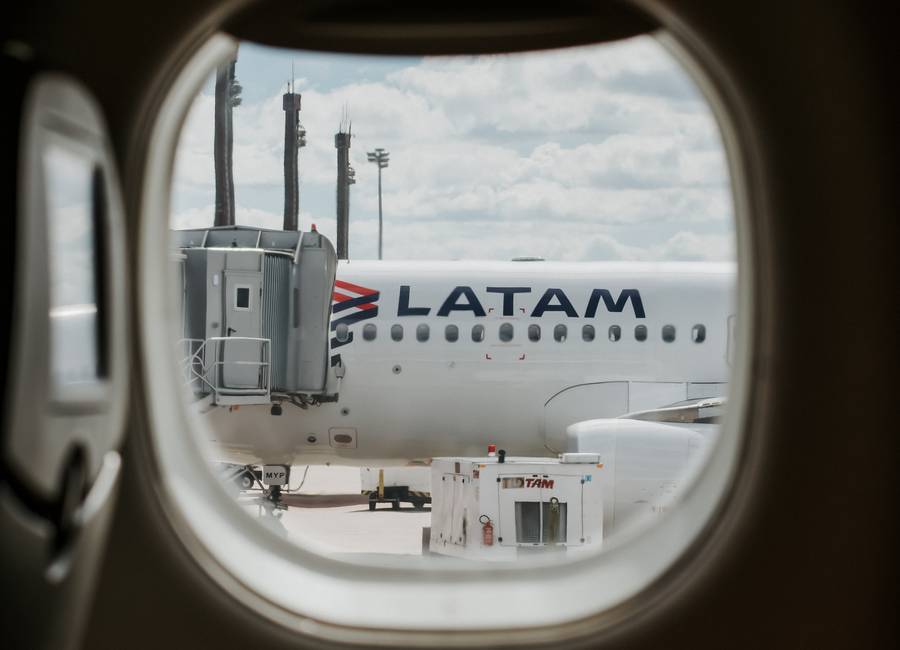More information has emerged on the impact between a firetruck and a LATAM A320, last Friday. So, who had the right to be on the runway?
We previously looked at this accident, which resulted in the deaths of two firefighters. A third firefighter is still in critical condition in hospital. As for the flight’s passengers and crew, we know that four suffered serious injuries, while rescue services also treated thirty-six others. But some more information has emerged, particularly regarding the actions of the firefighting crews.

Previous information indicated that the firetruck that hit the LATAM A320neo was previously responding to another aircraft incident. This was inaccurate. It now seems that all of the airport’s firefighting and other rescue vehicles and their crews were participating in a pre-planned response time exercise.
How To Enter A Runway
As we mentioned in the previous article, the layout of Lima Jorge Chavez International Airport (SPJC) is undergoing extensive changes. The airport is getting a second runway, located some distance apart from the existing one. This requires a new control tower, between the two runways. And it also meant that the firefighting station had to move to a new location.
https://twitter.com/Mario_Moray/status/1593722246350118912?s=20&t=3qYQbrxdhp291jYbR1S0_A
This was the reason for the exercise, that led to the impact between the firetruck and the LATAM Airbus. It now appears that all fire crews believed that they had authorization to enter the runway at the time. According to the plan, the exercise would take place between 3 pm and 4 pm (local).
Lima’s Airport Authority, which is in charge of the rescue team, coordinated the event with the Air Traffic Authority. The exercise began at 3:10 pm local time, and the LATAM aircraft hit the firetruck at 3:11 pm. ATC confirmed the start of the exercise. And it seems that both Lima’s airport authority and the rescue crews believed that this confirmation meant that the vehicles had clearance to enter the runway.

This was NOT the case. All vehicles entering an active runway must get clearance to do so from a controller, typically at the tower. The tower controller had cleared the LATAM flight for takeoff before the first firetruck approached the runway.
Firetruck – LATAM Impact: More Aftermath?
On Monday, Peru’s Ministry of Transport confirmed that the rescue vehicles still needed to get clearance to enter the runway when they did so. The country’s air traffic control authority made it clear that no firetruck or other rescue vehicle had clearance to enter the runway, during the takeoff roll of the LATAM flight.

Finally, there was another strange detail in this tragic event, involving the LATAM pilots. After the collision with the firetruck and stopping the crippled aircraft successfully on the runway, the LATAM flight crew was arrested. According to the International Federation of Airline Pilots Association (IFALPA), the two pilots spent over 24 hours in custody.
The reasons for this were unclear. Whatever the confusion may have been between the firetruck crews and air traffic control, it quickly became clear that the LATAM flight had a takeoff clearance. IFALPA noted that this action is against the Positive Safety Culture that airlines and aviation authorities should strive for. It could also hinder the investigation and create a misleading public image for the crew.
Peru’s air accident investigation commission has already begun its investigation of the accident. It took over 24 hours to move the aircraft clear of the runway. The airport restarted flight operations after some more time, in order to conduct runway repairs.




